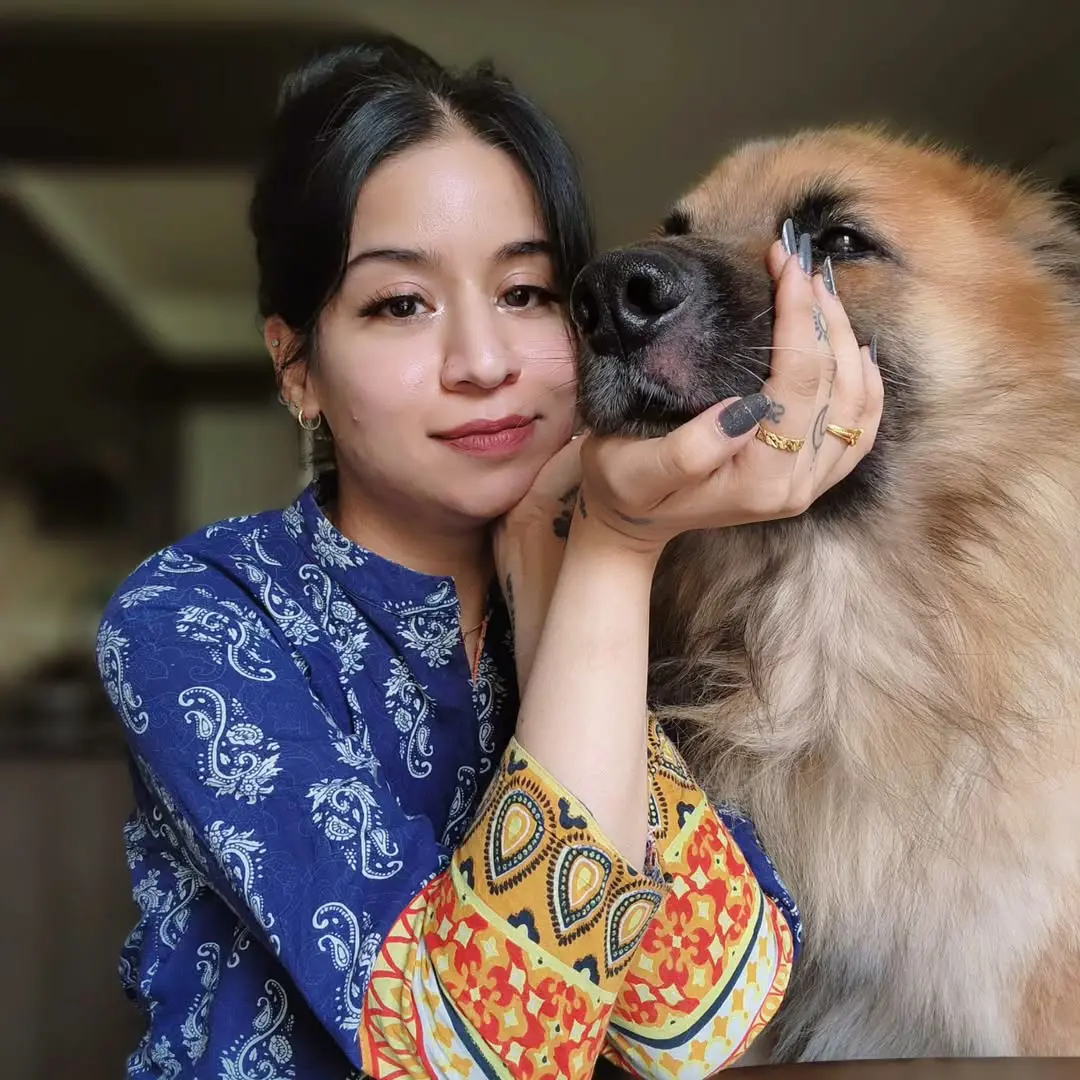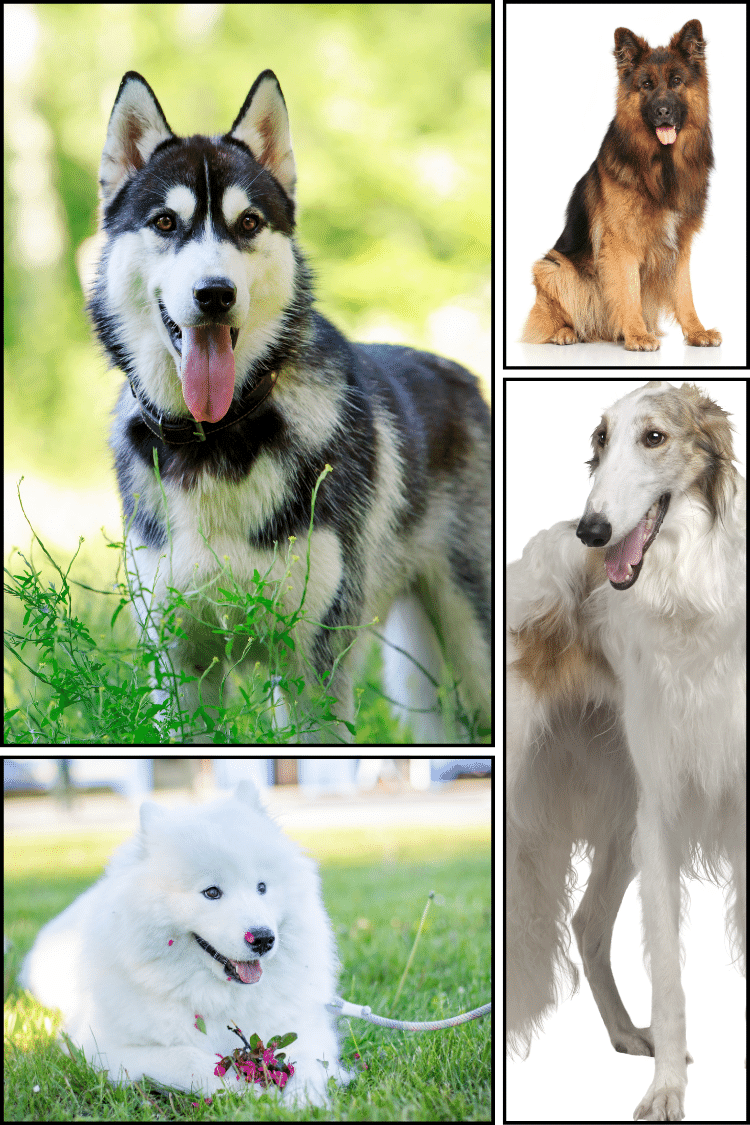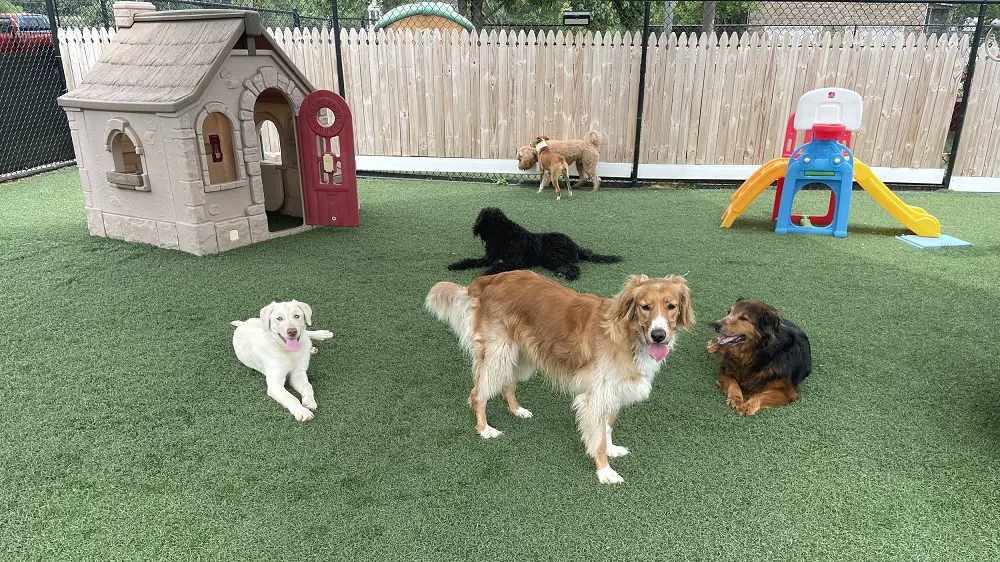16 Symptoms Of Ringworms In Dogs
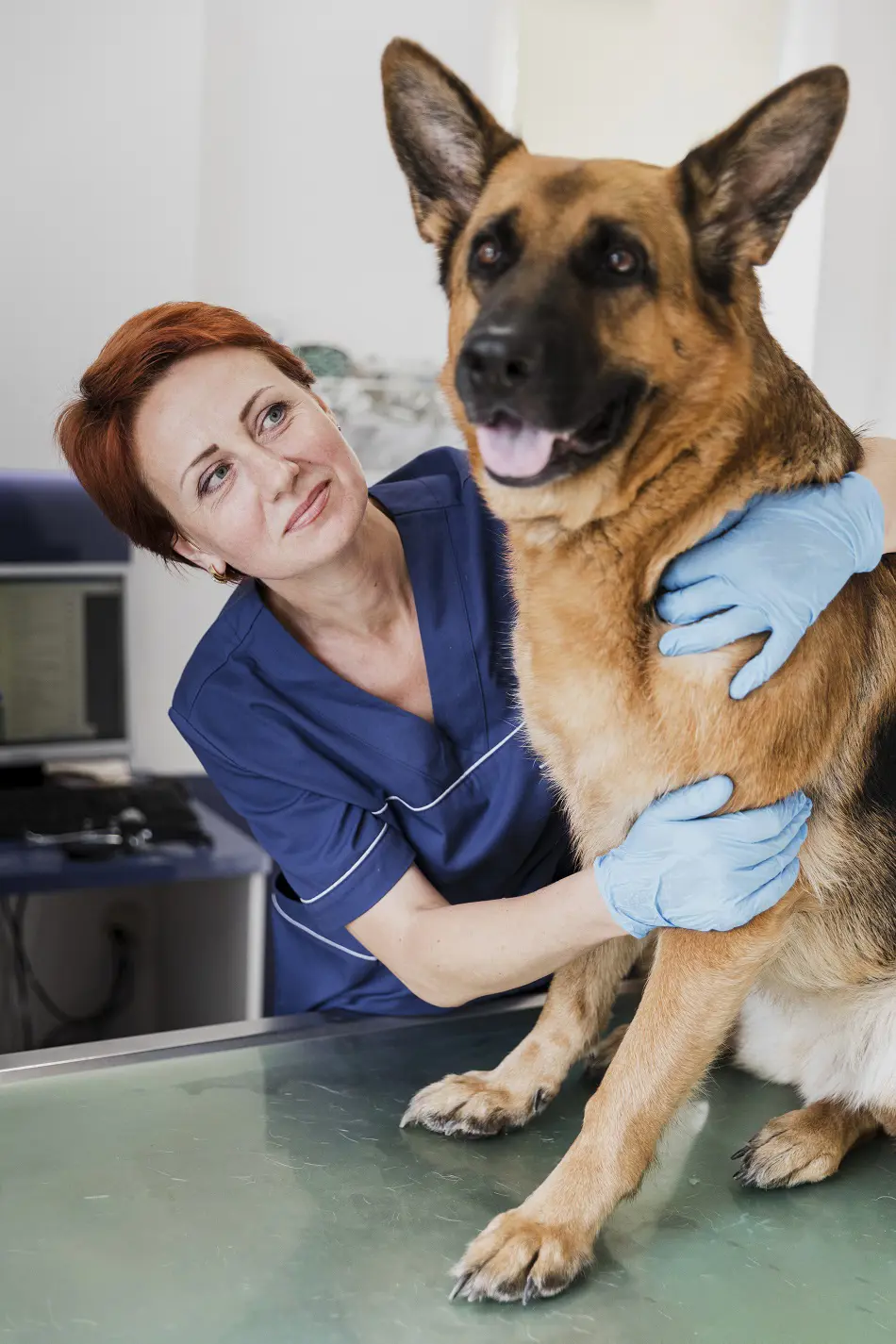
When you listen to the word ringworms, you may imagine the picture of a long and round parasite, but it is not accurate, as it is not a worm but it is a circular rich rash that appears on the skin of an infected animal.
Ringworm is a fungal infection that can affect the skin, hair, or nails, which are commonly infected by the fungal organisms, which are Microsporum and Trichophyton. They feed on dead hair or skin cells, which are commonly found in cats but can also be infected with cats and humans.
1. Circular Patches of Hair Loss
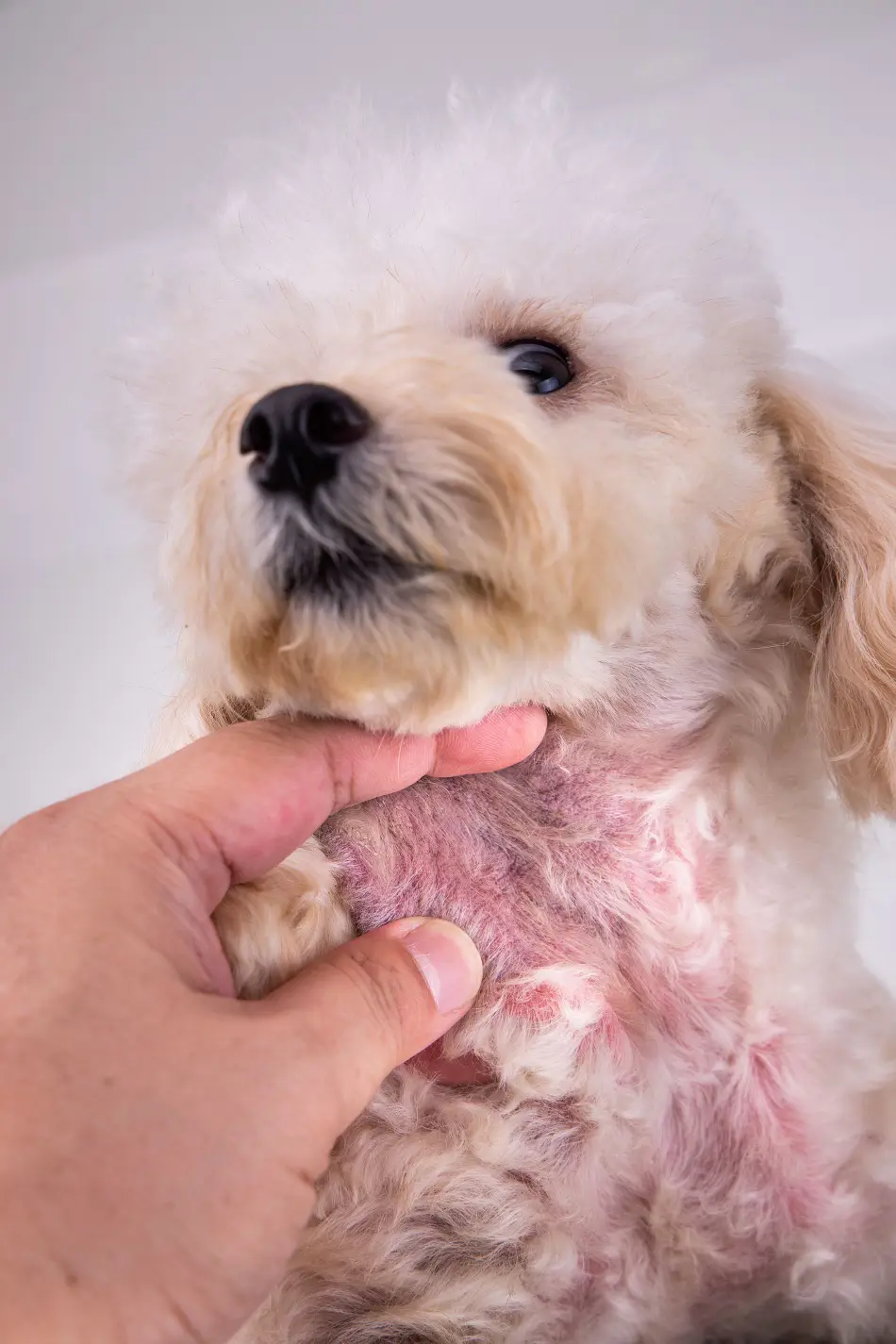
One of the more easily recognizable signs of ringworm in dogs is circular patches of alopecia. Often, these show up as small, round, hairless spots on your dog's skin. The fungus that causes ringworm feeds on keratin, which is a component of hair and skin, leading to hair breakage and loss. These patches can grow in size over time if left untreated, making early detection crucial.
Besides this hairless condition, the areas are often scaly, reddish, or inflamed. The hair around the edges of the bare patches sometimes sticks out or is raised, giving it a characteristic, ring-like appearance. This is how the infection got its name, ringworm, but the disease has no connection with actual worms. The fact that the identification of these patches can help to prevent the infection from passing on to the other parts of the body or to other pets or humans with whom the patient comes in contact.
2. Itchiness and Discomfort
An itchy dog is always automatically considered to have ringworm, infested areas are intensely itchy and may drive your dog to scratch, bite, or lick the infected skin incessantly. As a result, the skin may become further compromised and itchiness can develop easily into a condition susceptible to secondary infections. Ringworm itching may sometimes also be localized over the ringworm patch or generalized into widespread dermatitis.
This discomfort can greatly compromise the quality of life your dog experiences. Besides making these skin lesions worse, continual scratching and licking can lead to hair loss and skin thickening over time. Thus, the underlying causes of the itchiness must be addressed in short order to bring relief and prevent the lesions from being further inflamed.
3. Red and Inflamed Skin
Aside from hair loss, you may notice that the dog's skin is red and slightly swollen in the area where the ringworm has set. The redness is due to the immune response to the attack of the fungi. It can be accompanied by swelling, which makes the affected areas look more easily localized.
Inflamed skin can be a painful condition for your dog. The inflammation that may spread can bring about a wide degree of discomfort. Severe cases can result in cracked and bleeding skin, therefore increasing the possibility of secondary bacterial infections. Inflammation must be controlled and proper and prompt treatment to be given to prevent further health complications.
4. Scaly or Crusty Skin

Infections with ringworm are mostly scaly or crusted due to the occurrence of this fungus in the outer layer of the skin, which leads to an accumulation of dead skin tissue. Scales or crusts may be of any color, usually white, yellow, or gray color. Their texture can be very thick and covered with dry and flaky matter.
These scaly/crust hairless patches take a toll on your dog's sumptuous looks. They can easily be mistaken for other types of skin disorders such as those revealed by a dog allergic to something. Hence, it is crucial to have precise diagnoses from a vet, and the skin returns to its normal texture and appearance after fungus infection treatment takes place.
5. Brittle or Broken Hairs
Another symptom of ringworms in dogs is brittle or broken hair, the tubes of hair are weakened by the fungal infection, making the shafts of hair break easily. You may see short, blunt hairs in the affected areas, the hair broken off close to the skin. This symptom becomes very apparent in dogs where medium- to long-coated breeds predominate, and the broken hairs will stand out against the rest of the fur.
These can be attributed to brittle or broken hairs in the hair, which will then give an overall patchy look of hair loss. In this regard, regular grooming and/or inspecting of the coat will help you detect these changes in time. Treatment of the underlying infection will help restore your dog's hair to health and strength.
6. Rough or Thickened Skin
Sometimes, ringworms can cause roughened or thickened skin, and these symptoms trigger lichenification, which is the result of chronic inflammation and scratching. The skin may also become rough and leathery with a hardened texture, providing more resistance to treatment with time. The condition is an indication of an infection that has been prolonged and will demand more intensive management.
Rough or thickened skin is mostly painful, and it cracks, becoming a source of further complications. Veterinary check-ups at regular intervals and administering treatment in the early stage is an important consideration for this symptom. Administering treatment of the underlying fungal infection may help in the gradual normalization of skin texture.
7. Pigmented Skin Patches
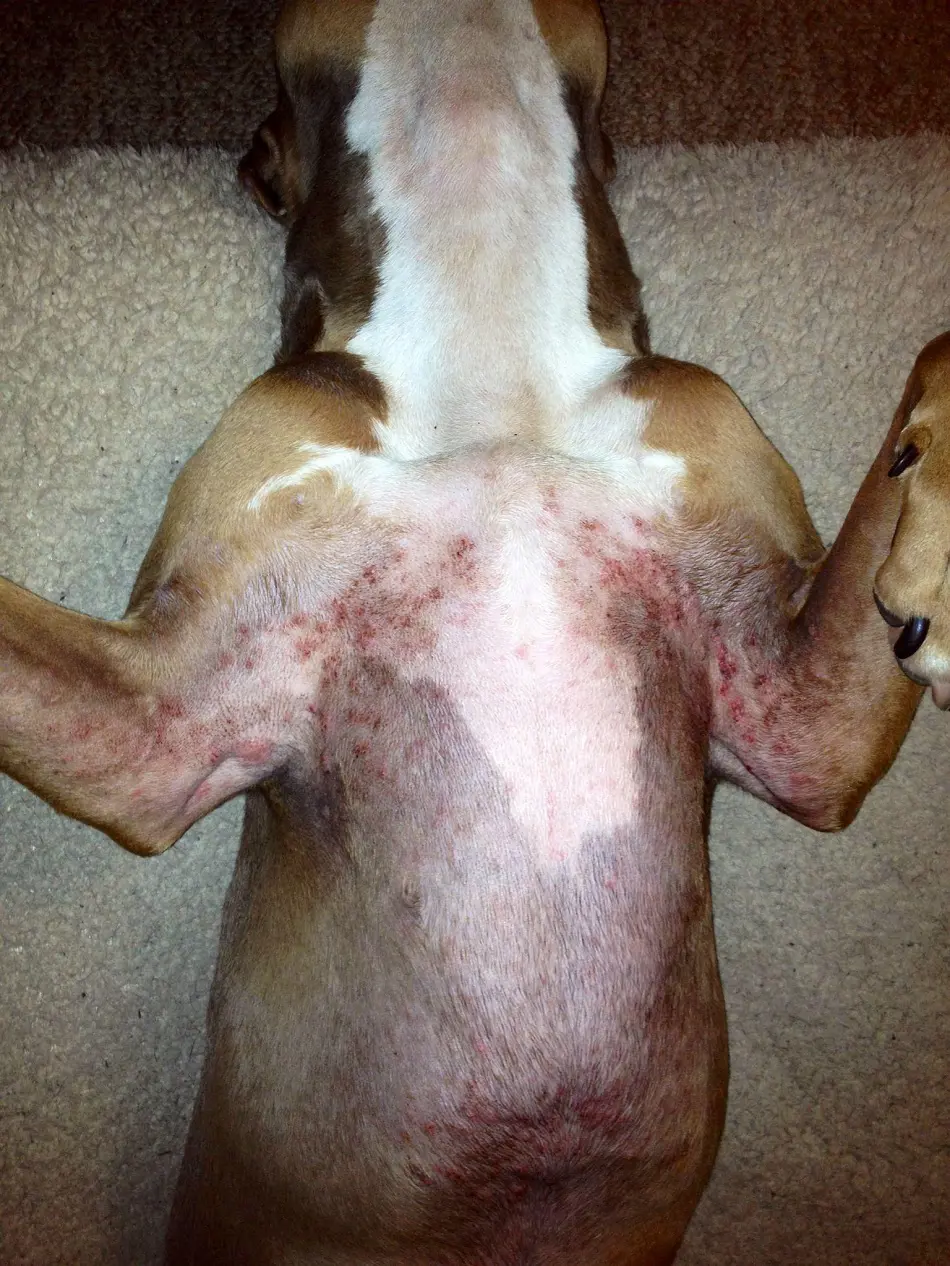
Ringworm infections can also change skin pigment at times, and you may see dark or light patches on your dog's skin in an area that has an infection. These changes in pigmentation are brought on by inflammation and the healing processes. Though changes in pigmentation are not dangerous in themselves, they may be indicative of infections upstream.
Increased skin pigmentation may be more easily visible in dogs that have a fine, light-colored hair cover. Keeping a close eye on the pigmentation of your dog's skin will easily guide you in the early detection process of any problems. Early treatment for the ringworm infection might help prevent extra pigmentation and heal your dog's skin to return to its normal pre-pigmentation appearance.
8. Nail Abnormalities
Ringworm also affects your dog's nails, leading to onychomycosis, and the nails may become infected and grow brittle, discolored, or even fold or twist. The nails can thicken, sometimes with a fragile texture, break easily, or show a roughened appearance. This is a quite uncommon condition compared to skin affections, but it may sometimes happen in very severe cases of ringworm.
The nail abnormalities can be painful and uncomfortable for your dog, especially if the nails break or split. Regular monitoring of your dog's nails, along with treatment of any abnormalities, can be done to help manage these symptoms. Some will require the need for antifungal treatments to treat the infection inside the nails.
9. Lesions on the Face and Ears
Ringworm lesions can be found on any part of the body, but the face and ears are most commonly affected. These areas are easily exposed and are susceptible to infection. For example, you might see reddened, scaly regions of the nose, around the eyes, or inside the ears of your dog. Such lesions are very pruritic and can lead to secondary infection if not treated promptly.
Lesions of the face and ears can be very disturbing to the normal activities of your pet, such as eating and even to hearing. Early detection and treatment are crucial to avoid the spread of the infection and relieve your pet. Regular grooming and inspection of these areas can help you catch any signs of ringworm early.
10. Swollen Lymph Nodes

In some cases, a ringworm infection can lead to swelling of the lymph nodes in a dog. The lymph nodes are part of the immune system and can also swell when fighting off infection, in most cases being observed in lymph nodes around the neck, armpit, or groin.
Swollen lymph nodes may be indicative of the fact that your dog's body is spreading the infection or it is in the process of developing a strong immune response towards the infection. It is such a symptom that necessitates a visit to the veterinary clinic for due treatment and care. Swelling can be reduced with proper management of the underlying infection to keep your dog healthy.
11. Secondary Bacterial Infections
Secondary bacterial infections can form in ringworm-affected areas and skin damage and continual scratching caused by the disease provide an entryway for bacteria, which may cause further complications. You might notice pustules, sores, or oozing lesions on your dog's skin, indicating a bacterial infection.
Secondary bacterial infections can further complicate the signs of ringworms and make the disease more difficult to treat. Both the fungal and bacterial elements of the infection require treatment. In addition to antifungal treatments, the vet may prescribe antibiotics to treat and keep the secondary area and promote faster healing.
12. Generalized Skin Irritation
In severe cases, ringworms can cause your dog to experience generalized skin irritation, with large parts of the body being affected. It may be characterized by generalized redness or swelling with widespread itchiness across multiple regions. Chronic irritation may lead to substantial behavioral changes, for example, restlessness or reduced activity.
Generalized skin irritation increases discomfort and decreases the quality of life for your dog. Treatment and supportive care are needed to help manage this outcome and encourage resolution to your dog's normal state. You will need to do frequent revisits with your veterinarian to monitor this outcome and make changes to treatment protocols.
13. Behavioral Changes

Behavioral alterations can be another indirect symptom of ringworm, persistent itchiness, discomfort, and at times pain from the infection can bring about alterations in the behavior of a dog. One may notice more irritability, feeling on edge, or restlessness. The dog may sit back more and become disinterested in activities that it used to enjoy.
These behavior changes can be painful for both you and the dog and understanding that the behaviors may be caused by a medical condition can help you sympathize with the dog. Most significantly, through the appropriate treatment of the root cause of the pain, the dog will return to normal behaviors.
14. Loss of Appetite
Another symptom when a dog has ringworm may be a loss of appetite. The canine discomfort and stress associated with the infection may dull the appetite, causing an interest in eating to diminish. You may notice a reduced amount of eaten food in your dog, a lack of interest in eating when it is time to eat, or even an outright refusal to indulge in treats.
There may be weight loss, weakness, and adverse general health if there is a decreased appetite. You need to ensure that proper feeding of a dog is being done for this healing period. Consult your veterinarian if you notice a sudden change in your dog's eating behavior to rule out other potential causes and for a proper treatment plan.
15. Foul Odor
If your dog's skin is infected with ringworm, especially with secondary bacterial growth, it tends to produce a bad odor. The growth of both fungi and bacteria may lead to a foul smell. The smell may be stronger in areas where the infection is really bad or where the skin is cracked and oozing.
A foul odor should signal the need for urgent veterinary attention, appropriate cleaning and affected area treatment are crucial to handling odor and enhancing the healing process. Correcting the odor's inciting factors of odor may potentially enhance the general comfort and cleanliness of your dog.
16. Spread to Other Pets and Humans

Ringworm is a zoonotic disease: it can be passed between animals and humans. If your dog has ringworm, there is a possibility that the infection will pass to other pets in your home and to either you or another human family member. In people, it usually causes a red, very itchy, ring-shaped rash on the skin.
Ringworms are prevented by good hygiene, mostly involving the cleaning of the hands, cleaning the animal's bedding and grooming equipment, and trying to avoid a lot of direct contact with the lesions. It is very important that your dog, as well as other pets with the infection, be treated as quickly as possible to stop the contagion on your pets and your family's health.
Ringworm Recovery in Dogs
Recovery from ringworms in dogs combines symptomatic medical treatment, management of the environment, and monitoring over time. Upon diagnosis, antifungal medications are usually prescribed to be administered orally or topically, depending on the extent of the infections. Other than the medicine, regular bathing with medicated shampoos can also rid the dog of fungal spores on its skin and fur and thereby hasten the recovery period.
Environmental management is another important factor in preventing the spread of infection. This would include vigorous cleaning and disinfection of the places the dog spends most of its time and the tools it comes into contact with - things like bedding, toys, grooming apparatus, etc. Vacuuming carpets and furniture remove fungal spores that are likely to be found there.
As the dog is contagious in this recovery period, its interaction with other animals and humans must be minimized. Follow-up visits to the veterinarian will help evaluate progress and change medication if needed. Complete recovery can take several weeks to months, so prescribed treatment must be followed strictly to prevent relapse.
How to Prevent Ringworm in Dogs
Ringworm prevention in dogs calls for a proactive approach to hygiene and health upkeep. Adequate or frequent grooming and bathing keep the skin and coat of the dog clean, reducing the possible risk of fungal infection.
The living environment should also be clean and dry because damp and dirty conditions will foster the growth of fungi. Washing and disinfecting dog bedding, toys, and grooming instruments regularly is one of the key prevention measures. Additionally, there must be no contact with infected animals or environments known to take in ringworms.
Having a healthy immune system through a balanced diet and regular veterinary check-ups also goes a long way in preventing ringworms. Dogs that have good immune systems can fight off various infections, including the fungal ones, and hence be free of ringworm infection.
Early signs of ringworm include circular patches of hair loss with redness and itching; thus, pet owners should constantly look out for these. Early veterinary attention at the first sign of infection will prevent its spread and facilitate quicker recovery from ringworm. Members of the household can be educated concerning hand hygiene after handling pets or their belongings to reduce transference.
Top Lists
